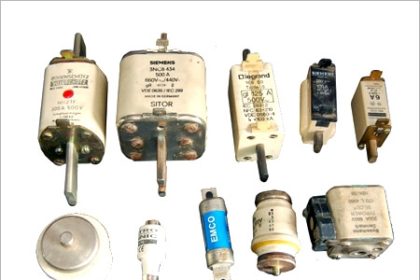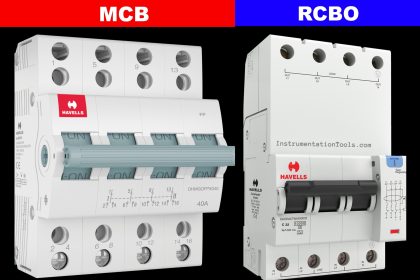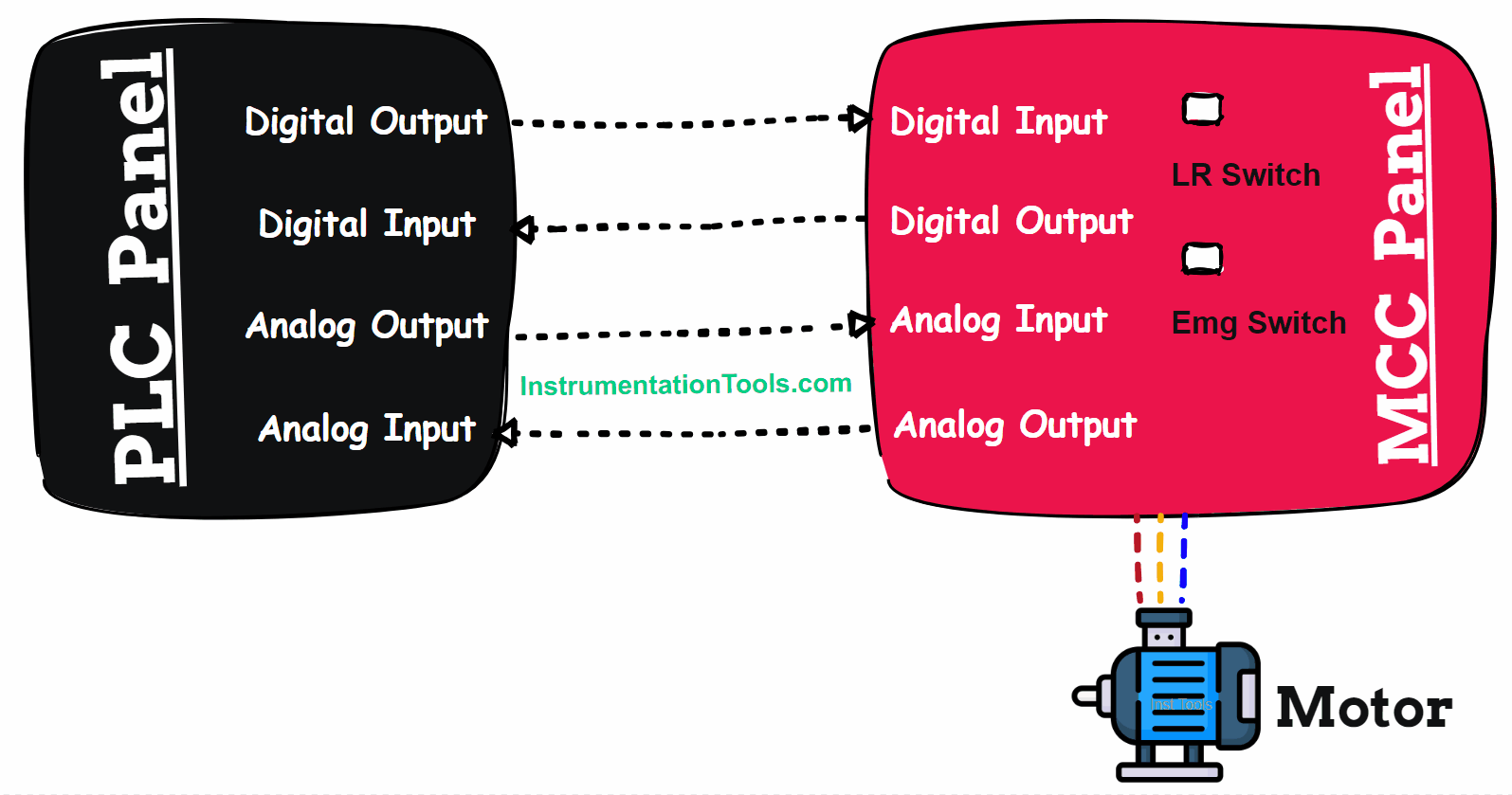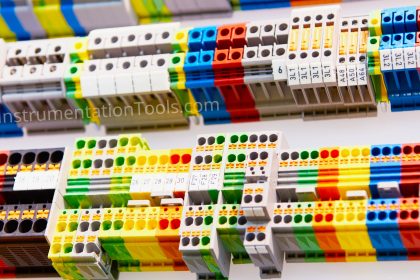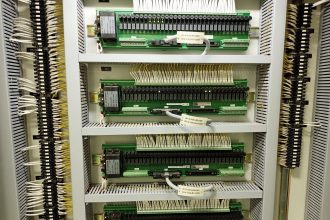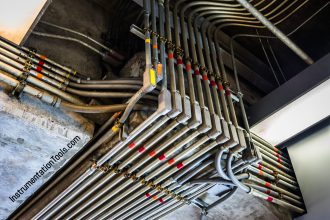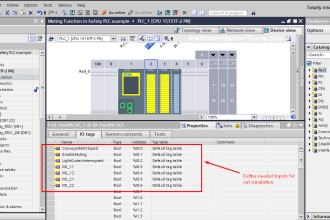Cables when used do not come in an open environment. They are always enclosed in a cabinet-like structure, to protect it from damage. Many types of closed cabinets and structures are available in the market for protecting the cables. But one of the most used ones is a conduit system.
Electrical conduit systems are used generally in many applications for covering the cables inside them from external exposure and damage. Every electrical engineer is generally required to know this system for proper installation and design.
In this post, we will see the concept of an electrical conduit system.
What is an Electrical Conduit?
An electrical conduit is a cable enclosure cabinet system, in which cables are closed and fixed under a metallic pipe. As pipes are fixed and non-removable, the cables are protected permanently inside them. Due to its protective nature, they are used in locations like crawl surfaces, basements, wall surfaces, and outdoors.
The most common types of materials used in conduit systems are plastic and metal. As the cover is not removable and fixed, the installation and commissioning must be done strongly and efficiently so that frequent troubleshooting is not required. Refer to the below image for understanding.
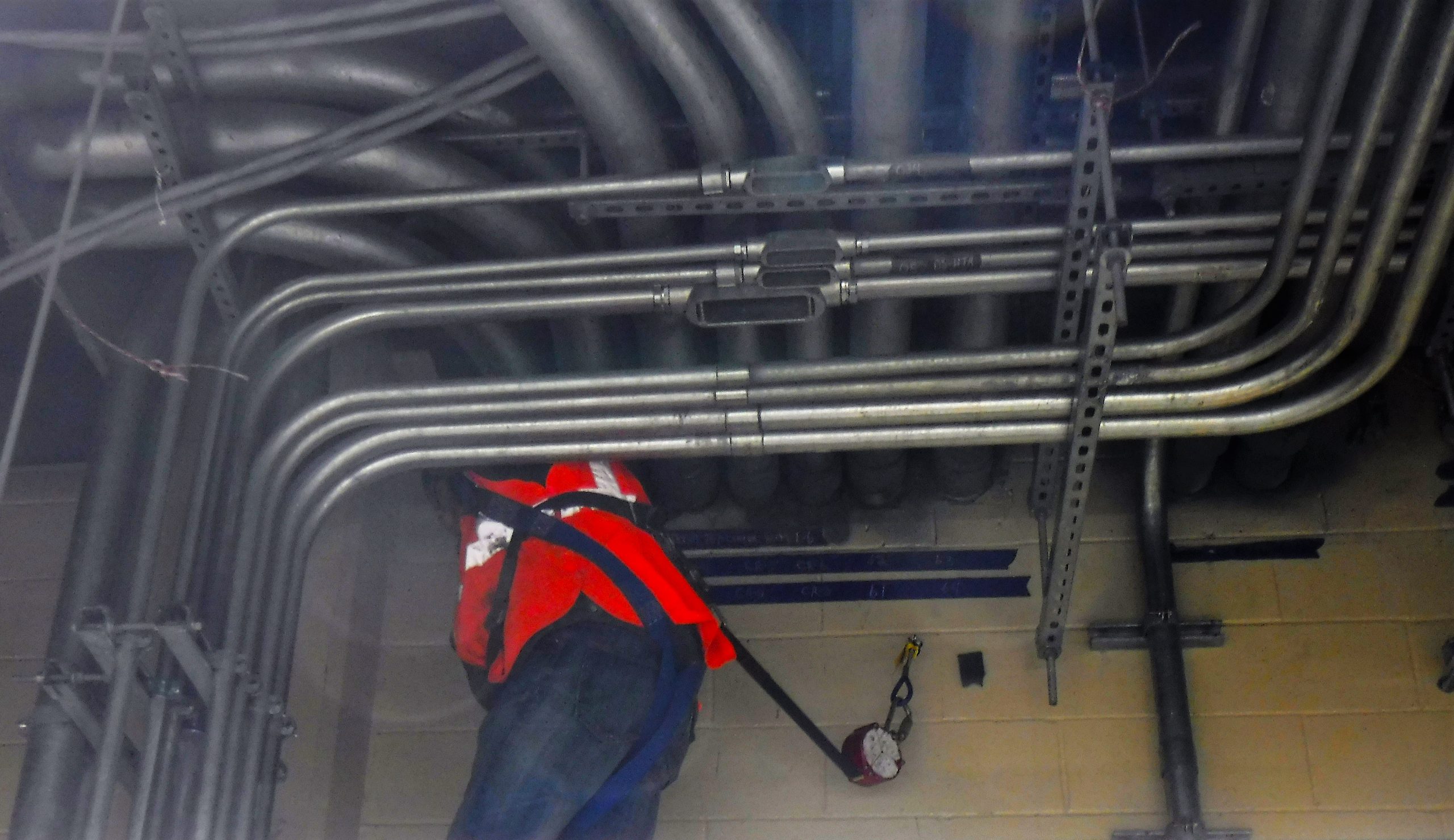
Conduits provide cavities for splices and taps in conductors. This means suppose there are various conductor ends in the cable trays. These conductors must be connected properly by cables with minimum damage and maximum performance.
For this, conduit systems will provide proper routing and protection by joining conductors at various ends with cables. Also, conduits can run in various bends and mountings to provide flexibility in connection.
Types of Conduit Systems
Some of the main types of conduits are mentioned below.
- Rigid metal conduit
- Intermediate metal conduit
- Rigid non-metallic conduit
- Reinforced thermosetting resin conduit
- Electrical metallic tuning
- Galvanized rigid steel
- PVC conduit
- Electrical non-metallic tuning
- Liquid-tight flexible metal conduit
- Flexible metal conduit
How to Choose a Conduit System?
Because you are enclosing cables in proper cabinets, it is necessary to decide how to choose the best conduit system for your cabling. There are many factors which need to be considered for selecting the system according to your requirements.
Have a look at them below:
- As they are large in distance, the labor hired to install them must be of lower cost.
- The material should be such that they can be handled with easy flexibility.
- As the distances involved are generally large, material costs should be considered carefully before investing.
- Because cables join conductors at various ends, the distance between two ends must be considered as the cables will come permanently inside the piping.
- Cable faults should be minimal.
- The weight of cables should be considered before choosing the final conduit system.
- The durability of the system must be longer because its ultimate aim is to protect cables forever.
- It should operate under ambient temperatures and must also be able to withstand changes in temperature.
- The system must be fire-resistant as the environment mostly around the conduit is not friendly.
- It should be unaffected by any pulling lubricants with limited or no burn-through.
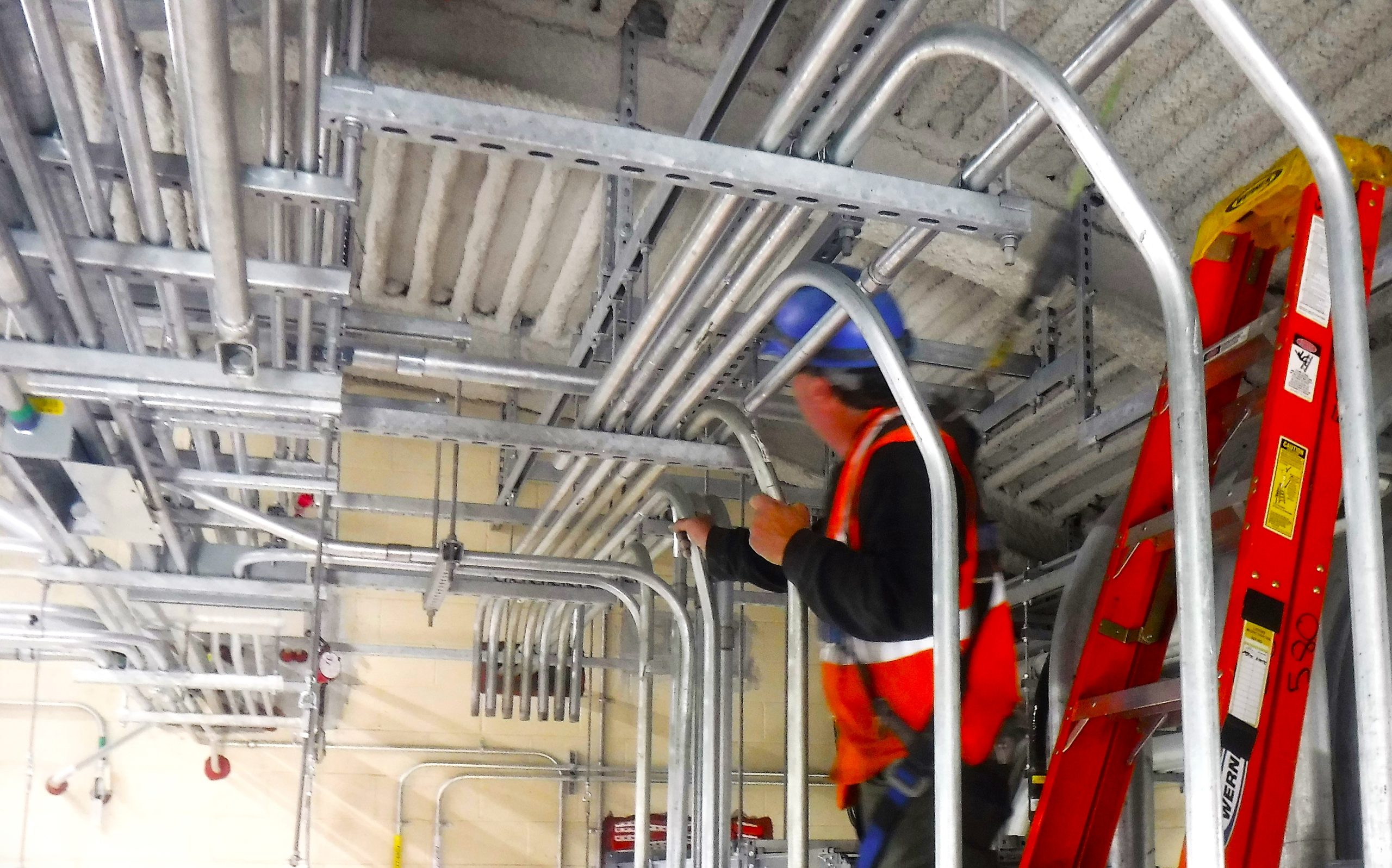
Applications of Conduit System
- Domestic homes and buildings; mainly around lighting fixtures, suspended ceilings, ducts, basement, and barn.
- Commercial and industrial areas where access must be limited and the environment is not friendly for cables.
- AC equipment, kitchen disposal sinks, wet areas, and highly chemically toxic areas.
In this way, we saw the concept of the electrical conduit system.
If you found this article informative and engaging, we encourage you to consider subscribing to our YouTube Channel, where you can access video tutorials covering topics such as Instrumentation, Electrical, PLC, and SCADA.
For daily updates and to stay connected with our latest content, be sure to follow us on Facebook and Twitter.
To further expand your knowledge, we recommend checking out our next insightful articles.
Read Next:
- Single Core and Multi-Core Cables
- Difference Between HV and LV Cables
- Types of Cables in Industrial Automation
- Instrumentation Cables Testing Steps
- Flame Resistant and Retardant Cables
